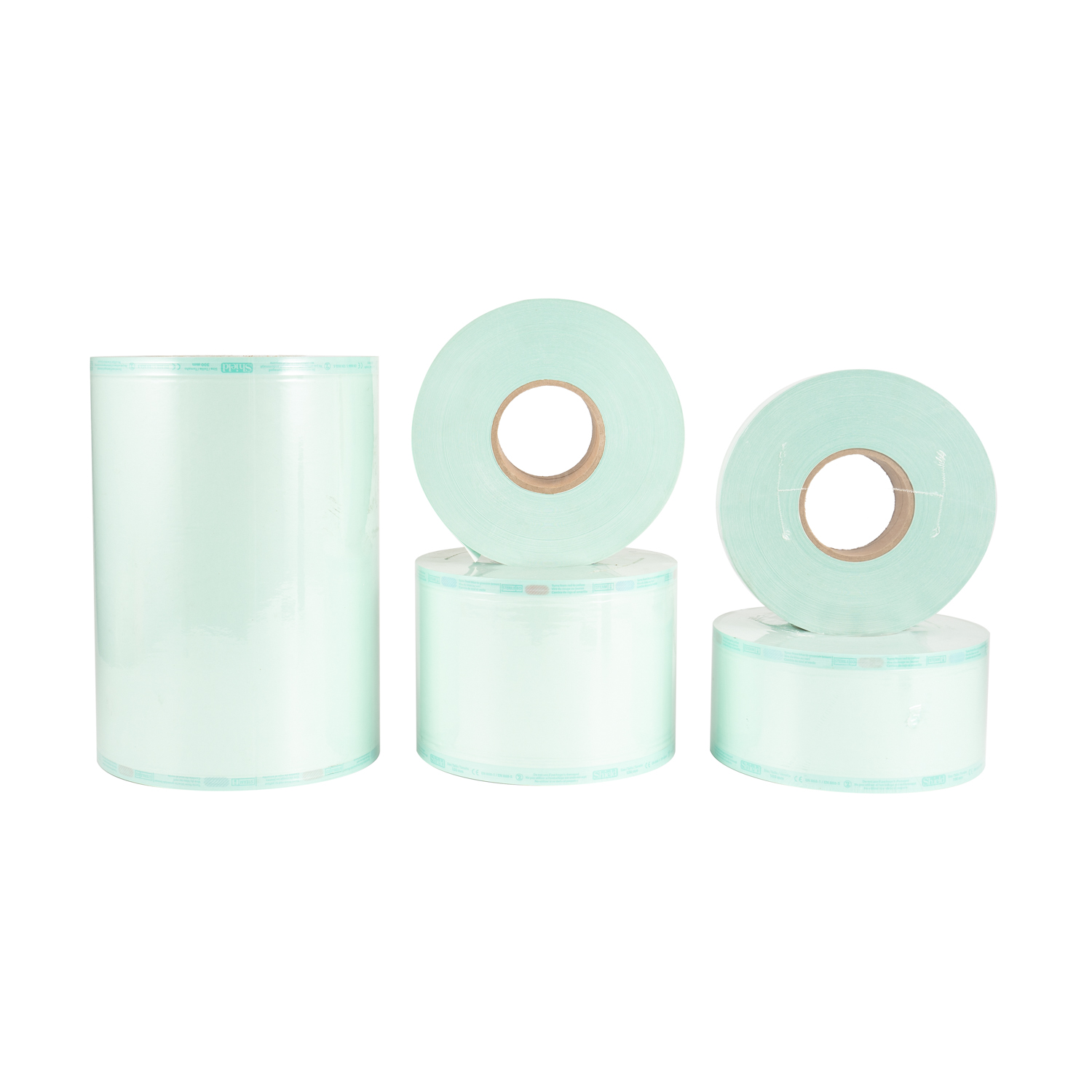Spring Equinox
Spring Equinox
The Vernal Equinox is one of the twenty-four solar terms and is the midpoint of the ninety days of spring.
The date in the Gregorian calendar falls approximately around March 21 (20th to 22nd) every year.
The day when the sun reaches 0° of ecliptic longitude (the vernal equinox) is at Mao.
In ancient times, it was also called “sun noon”, “day and night equinox”, and “mid-spring moon”.
“Collection of the Seventy-Two Hours of the Moon Order”:
“In the middle of February, the division is half, and this is half of the ninety days, so it is called the division. Autumn has the same meaning.”
“Spring and Autumn Fanlu: The Entry and Exit of Yin and Yang Part 1 and 2”
says : “On the vernal equinox, yin and yang are half in phase, so day and night are evenly matched with cold and heat.”
Pan Rongbi of the Qing Dynasty said in “The Record of the Years in the Imperial Capital”
: “Sacrificing the sun on the vernal equinox and the moon on the autumnal equinox are grand ceremonies of the country, and scholars and people are not allowed to worship them. .”

Astronomical phenomena
In terms of time period, it means that the sun is located between 0° and 15° of celestial longitude, which is approximately between March 20 and April 4 in the Gregorian calendar.
But it usually refers to the day (or moment) when the sun shines directly on the equator.
Simply put, when the sun shines directly on the equator, the day and night are the same length, which is the equinox. And after that the sun starts moving towards the Tropic of Cancer.
On March 20 or 21 every year, day and night are of equal length in most parts of the world.
However, near the North Pole and South Pole, you can observe the special phenomenon of “the sun spinning around the horizon all day long.”

